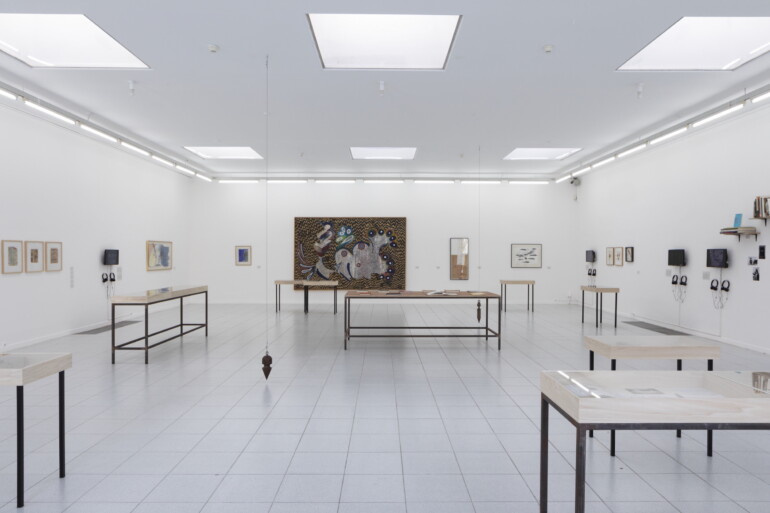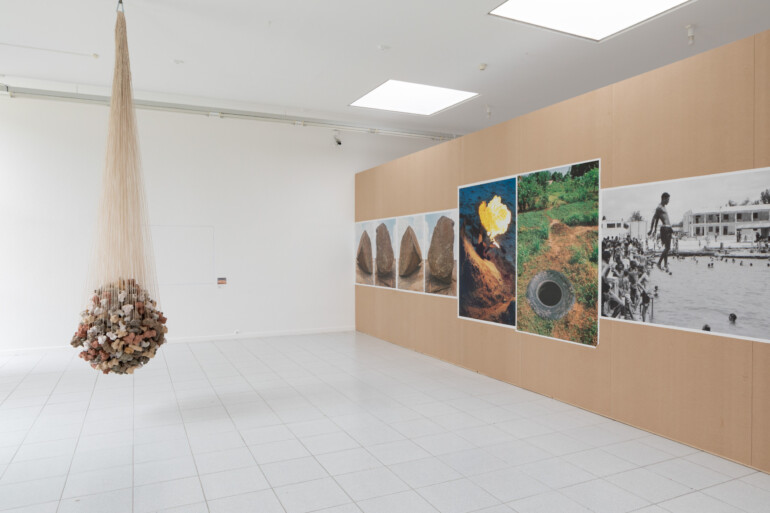Mario Merz
Mario Merz is undoubtedly a significant figure within the Arte Povera movement, as labelled by Germano Celant. Fundamental to his oeuvre is the complex, even mystical relationship between nature and man and the way we endeavour to appropriate our environment through spatial interventions such as erecting a church tower in the middle of a landscape. To Merz, every form and volume originates from a stream of energy that can best be translated via drawing, directly from the fingers using a piece of chalk on a stone or a pencil and a brush on paper. Merz combined raw, natural materials with industrial elements such as neon light and glass, generating conceptual as well as physical tension. His experiences as an anti-fascist during the Second World War also shaped his vital activism in his work, without ever abandoning the magic of suggestion. In addition to his interest in architecture and art history, Merz was fascinated by the cultural roots that since prehistory offer the same breeding ground for the main existential questions. Not only the images that man creates but also his language is permeated by an unstoppable, universal drive that interconnects everything.
In 1969, Merz participated in Harald Szeemann’s When Attitudes Become Form. In the same year, his work was also shown in Op losse schroeven, organized by Wim Beeren in the Stedelijk Museum in Amsterdam. In Bern, he created an igloo completely consisting of loose pieces of glass. From the late 60s, Merz developed these famous igloos symbolizing the protecting and nomadic hut of the artist where he can work and find shelter in peace and quiet. The igloos, like the table, for instance, would remain a recurring symbol in his oeuvre. He also used words, short sentences, and numbers – the Fibonacci series – as meaning-generating motifs.

